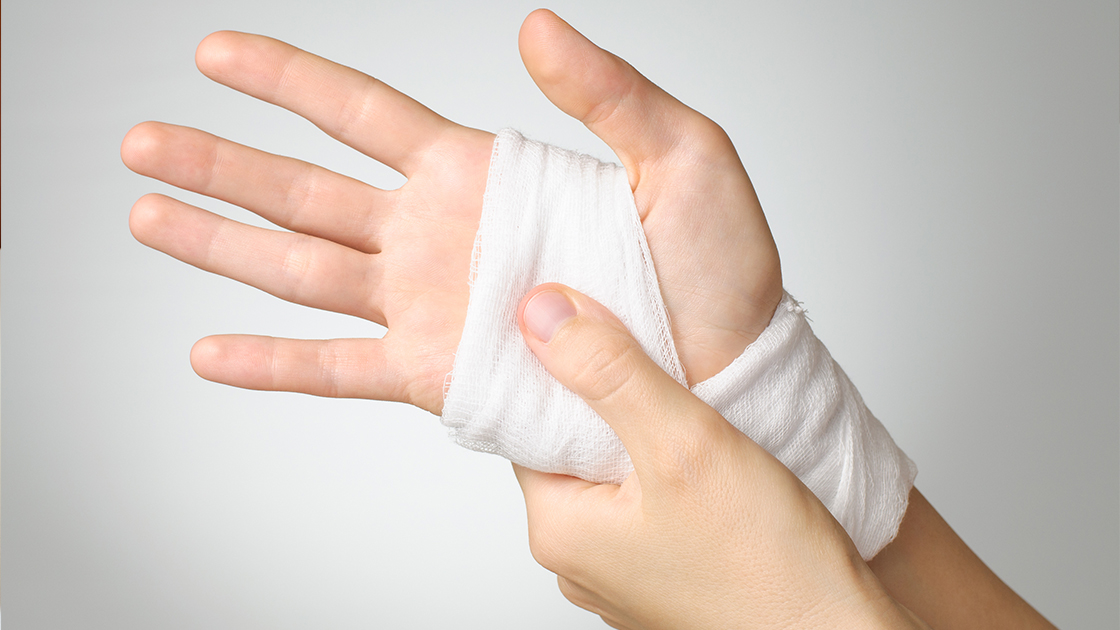Page Contents
Wounds, whether from surgical incisions or accidental injuries, are a part of life. While our bodies are naturally designed for healing, at times, they require an additional boost to ensure a quicker recovery and minimize scarring. This is where laser therapy steps in as a revolutionary approach to wound healing. In this article, we’ll explore the definition of laser therapy, delve into how it works its magic on wound healing, and address the safety concerns associated with this innovative treatment.
Definition of Laser Therapy
Laser therapy, short for Low-Level Laser Therapy (LLLT) or photobiomodulation, is a non-invasive medical procedure that employs low-intensity lasers or light-emitting diodes (LEDs) to stimulate cellular activity. It has gained recognition for its efficacy in treating various medical conditions, including pain management, tissue repair, and, of course, wound healing.
The key to laser therapy’s success lies in its ability to harness specific wavelengths of light to interact with cells in the body. This interaction triggers a cascade of cellular responses, including increased blood circulation, reduced inflammation, and accelerated tissue repair. These processes collectively lead to faster wound healing and reduced scarring.
How Laser Therapy Works for Wound Healing
The magic of laser therapy for wound healing lies in its mechanism of action:
a. Enhanced Cellular Activity: Laser therapy stimulates the mitochondria within cells, boosting their energy production. Cells utilize this energy for various processes, including tissue repair and regeneration.
b. Increased Blood Flow: Laser therapy helps dilate blood vessels, leading to improved circulation around the wound site. This increased blood flow delivers essential nutrients and oxygen to the healing tissues, expediting the recovery process.
c. Reduced Inflammation: Inflammation is a natural response to injury, but excessive inflammation can impede healing. Laser therapy modulates the inflammatory response, reducing swelling and pain.
d. Collagen Production: Collagen is crucial for tissue repair and the prevention of excessive scarring. Laser therapy promotes collagen synthesis, ensuring a more organized and aesthetically pleasing healing process.
e. Pain Management: Laser therapy has analgesic effects, providing pain relief by inhibiting nerve signals and releasing endorphins.
In wound treatment, laser therapy can be applied directly to the affected area. The duration and frequency of treatment sessions may vary depending on the wound’s size and severity. Some wounds may respond favorably to a single session, while others may require multiple treatments over time.
Is Laser Therapy Safe for Wound Healing?
Safety is a paramount concern when considering any medical treatment, and laser therapy is no exception. Fortunately, qualified professionals can administer laser therapy for wound healing safely when they adhere to established guidelines.
Some key points to consider regarding the safety of laser therapy for wound healing include:
a. Non-Invasive: Laser therapy is non-invasive and does not require incisions or the use of medications. This reduces the risk of infection and other complications often associated with surgical wound treatment.
b. Minimal Side Effects: Laser therapy typically has minimal side effects, which are generally mild and temporary. These may include slight redness or warmth at the treatment site, but these effects subside quickly.
c. Clinically Proven: Laser therapy’s safety and efficacy in wound healing have been supported by clinical research and studies. It is considered a well-established treatment option for various types of wounds.
d. Qualified Practitioners: To ensure safety and optimal results, it’s crucial to seek laser therapy from experienced and certified practitioners who follow proper protocols.
e. Individual Assessment: Qualified practitioners should tailor laser therapy treatment plans to the specific needs and characteristics of each patient’s wounds since every patient’s condition is unique.
In conclusion, laser therapy represents a transformative approach to wound healing, offering faster recovery times and reduced scarring. Understanding the mechanism of action behind laser therapy, as well as its safety profile, can help individuals make informed decisions about incorporating this innovative treatment into their wound care regimen. As laser therapy continues to evolve, it promises a brighter future for those seeking effective and minimally invasive solutions for wound healing.
